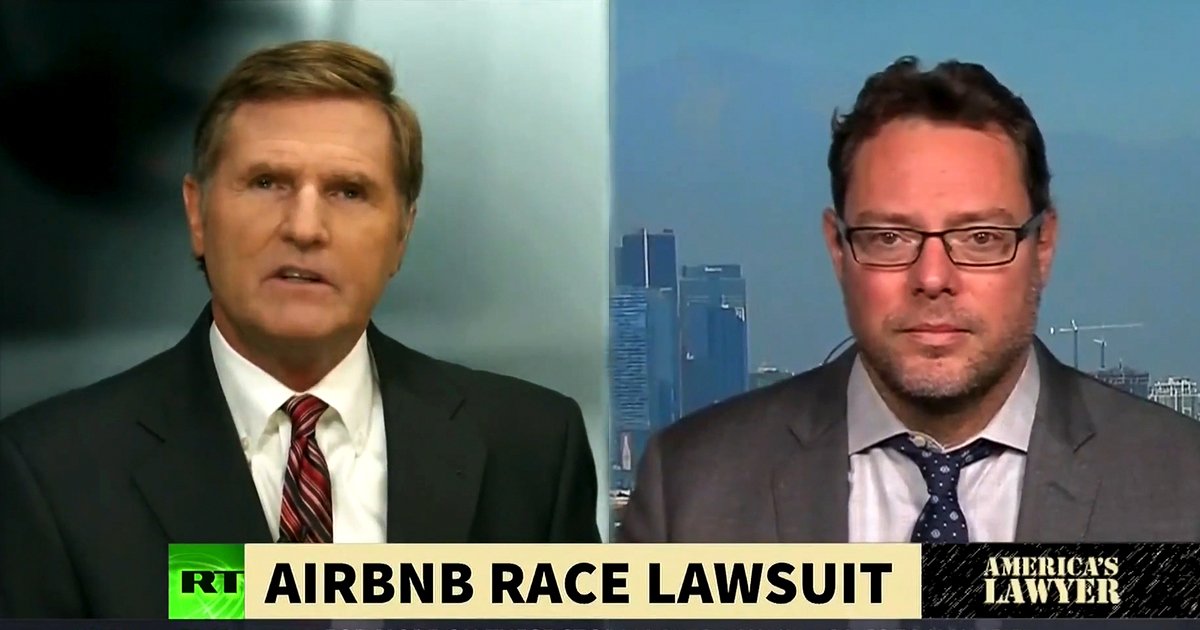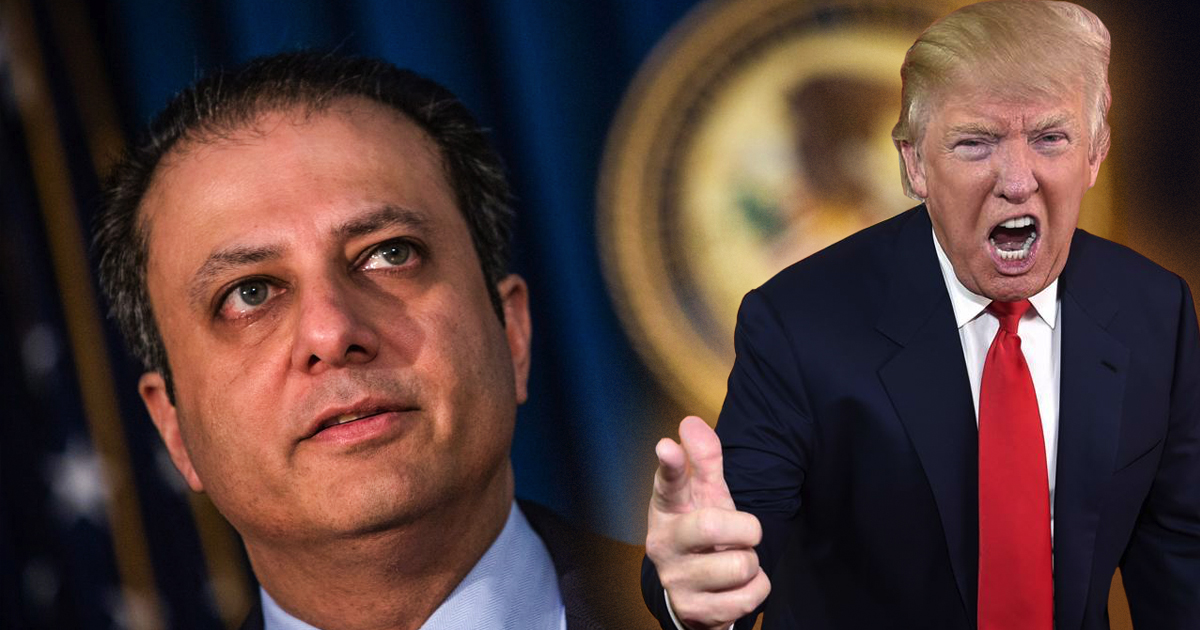Via America’s Lawyer:
Mike Papantonio discusses the link between fracking wastewater injection wells and earthquakes in Oklahoma and speaks with attorney Curt Marshall about several lawsuits that are being filed by Oklahoma residents against energy companies over the earthquakes.
Transcript of the above video:
Papantonio:
The state of Oklahoma has been home to fracking operations for decades, long before any of the dangers that we now know fracking were brought to light. Thanks to the boom that’s taken place in fracking in the last decade, the state is becoming … It’s a fracking train wreck is the best way to describe it. One of the biggest problems with the fracking process is that we still to this day don’t know what’s being pumped in the ground. It’s their big secret and they refuse to share that secret.
Traces of diesel fuel, benzine, countless of other dangerous chemicals have been found in fracking wells and wastewater injection wells. They’re components that have been known to set tap water on fire in people’s homes. That’s how bad this stuff is, but for now we aren’t allowed to know the full list of chemicals that natural gas companies are pumping into the earth because of something called the Halliburton Loophole which allows companies to keep the list of more than 600 chemicals used in fracking wells a secret from the American public.
While those chemical cocktails are very real, they’re a very real threat to the public health, other dangers from fracking are coming to light in the form of earthquakes. In states like Oklahoma, where fracking has been happening at a fevered pitch, they’re experiencing an epidemic of earthquakes near fracking wells. The Journal Science, for example, reported in July 2014 that a recent spike in seismic activity known as the Jones Swarm that occurred in Oklahoma between 2008 and 2013 was caused by increasing wastewater injection from drilling activities like fracking.
When the volatile mix of chemicals and water were forcibly pushed in the earth, it created the perfect conditions for earthquakes, both large and small, to rock parts of the entire state. These wells were pumping more than 4 million gallons of wastewater back into the earth every month but there’s still a very important distinction to make. The act of fracking itself is not the cause of these earthquakes. It’s the injection of the wastewater from fracking that’s been linked to the earthquakes.
These numbers of earthquakes, they didn’t begin until fracking boom took place in Oklahoma. To put it into perspective, in the year 2008, right before the major fracking boom in Oklahoma, there were only two earthquakes recorded at a magnitude of 3.0 or greater. Last year, there were 616. The link between fracking wastewater wells and earthquakes has been established by several independent studies but the most important study linked to what was really happening was the US geological study that concluded that yes, these injection wells are the cause of spikes and earthquakes in Oklahoma.
They were clear about it. It was the cause, and the natural gas industry has been well-aware of these studies for some time. In fact, they became such a problem fro frackers that they actually toyed around with the idea of paying off scientists, bribing scientists to publish studies saying there’s no link between fracking and earthquakes. As these earthquakes occur, they damage property, land and other assets of the people who live in those areas and those damages are now causing massive legal headaches for the industry, thank goodness.
Joining me now to talk about this litigation is attorney Curt Marshall, one of lawyers handling a class action case again five energy companies on behalf of residents of Oklahoma. Curt, tell us about the link between these fracking wastewater injection wells and the earthquakes. Why is it happening and more importantly, how long has the industry known about this problem?
Marshall:
There has been significant increase in oil production since 2008 up through the present and because of that, there’s been a high volume of wastewater injection well below the surface of the earth close to fault lines that have been dormant for a millennia. Scientific studies have come out to show that there is a correlation between the pressures and volumes that are injected and the earthquakes that are happening in the vicinity of where the injection is going on.
Papantonio:
In Payne County Oklahoma that have filed a suit against five energy companies, over a 5.0 magnitude earthquake in the town of, I think it was Cushing, did you know from any of those documents, at this point it’s probably early as far as the document game, but what do we know about when they were aware? When was corporate America, the people that were pumping this toxic garbage into the earth, when did they know that it wasn’t only the threat of toxic garbage, it was the threat of earthquakes? What’s your take on that?
Marshall:
My take is that they knew or should’ve known since the 1960’s. The USGS has been studying this for awhile. They started in Colorado. Fast forward to today, there’s no governmental agency now that denies the connection between, say, the Cushing 5.0 earthquake and the injection that’s going on in the vicinity of Cushing. Bear in mind, also, Cushing has a significant threat because there’s an oil, crude oil, tank field in that area and they store on any given day between 45 million and 60 million barrels of crude there, and so if there’s a significant quake even higher than a 5.0, those structures are at risk.
Papantonio:
If you’ve followed this story, isn’t it the thing … You’re very much a specialist in big environmental cases. You’ve handled a whole broad expanse of different kinds of environmental cases. The one thing we worry about in environmental cases is how contaminated is the water from something like this, or is the electric grid taking off, or sewage issues, do they become … Anytime you have an earthquake, you’re really tampering with the possibility of infrastructure damage. Isn’t that kind of what you are afraid of here as you go forward with these cases and try to change the way they do business?
Marshall:
Absolutely. That is a real concern. We’ve talked with people in the area of Cushing and other areas, and especially in Cushing, there’s a lot of underground pipes that are transmitting crude and oil and oil products, so there is a significant risk and worry that as the earth shifts, what’s happening below surface? Part of what we’re doing with these lawsuits is to try to compensate people for, or seek compensation for people who’ve sustained property damage but also to make the industry and environmentally sound, an environmentally stable neighbor. We believe that the only way we can do that is through these suits. Go ahead.
Papantonio:
Curt, as I’ve watched you and you law firm handle cases like this over the years, one thing you have done is you’ve changed the way the industry operates. [MTBE 00:07:16] was a great example. The drinking water was being contaminated for years and years, but until the lawsuit started, you really didn’t have government doing anything to protect consumers.
You certainly didn’t have the media doing anything. Do you find in this case, for example, as I’m following this case, I see very little information on television media about what’s going on here and you have to ask yourself, “Is that because the advertisers, the big oil companies, are paying so much money to make sure that this story isn’t told?” What is your reaction to the media silence on these terrible cases that are taking place out in Oklahoma?
Marshall:
Well, the media has done what it can do, I think. They could do more and I believe that the Oklahoma Corporation Commission that oversees the oil and gas industry, they could do more. They’ve been more reactionary than being proactive and so we would like more to have a situation where they are proactive and involved in what is going on with the earthquakes. Governor Fallin was late in coming to see the cause of link between the injection and the earthquakes. On all multiple fronts, more can be done to deal with this.
Papantonio:
Curt, you also represent the Pawnee Nation. It’s a native American tribe that’s filed a suit in their own tribal court which I think is extremely important, 5.8 magnitude earthquake. Do you believe that was a decision a tribal court would be … What do you see happening? First of all, let me tell you this. A) Brilliant. B) It’s a way to actually maybe get some response that we probably won’t get from a regular court. It’s going to be faster, it’s going to be more accurate, you’re going to be able to make a cleaner presentation, you’re not going to have the politicos messing with you as you go forward. First of all, brilliant move, but what do you expect to happen here? If you’re reading [tea leaves 00:09:25], where does it go?
Marshall:
Well, I think we’re going to get a lot of pushback. There’s going to be motion practice as you would expect, but the central issue here is sovereignty. The Pawnee Tribe, the Pawnee Nation is a sovereign nation and so they can exert similar authority even over non-Indians and they can actually execute judgements in their courts and they can take assets and so forth. There have been contractual agreements where non-Indians have agreed to jurisdiction in the tribal courts as well. There was also a … Go ahead. Sure.
Papantonio:
Curt, is there any indication that the state of Oklahoma is going to scale back these operations? They see the disasters. It’s very clear to them what’s going on. Any chance that they’re going to scale back operations here?
Marshall:
In fairness, they have attempted in certain areas of concern to scale back or to limit injection. For example, when the 5.8 happened, it was like at 7:00 in the morning, that afternoon the OCC acted and said, “Shut down 27 wells immediately.” What’s interesting about that is that what you would expect, what we’re told by seismologists and geophysicists is that you would expect another 5.0 or 4.0 after a big quake like that and that didn’t happen so it shows that there is a connection between the injection and the seismic activity. Yeah, the OCC has done stuff. Again, it’s reactionary. It’s not proactive, it’s not trying to prevent further earthquakes in the future, and we think more could be done including a monitoring center.
Papantonio:
Curt, keep it up. There aren’t enough attorneys out there paying attention to this case. I’m glad you and Perry are paying attention to it because we’re going to continue seeing, this is going to get worse before it gets better. Thank you for joining me.
Marshall:
Well, thank you.





